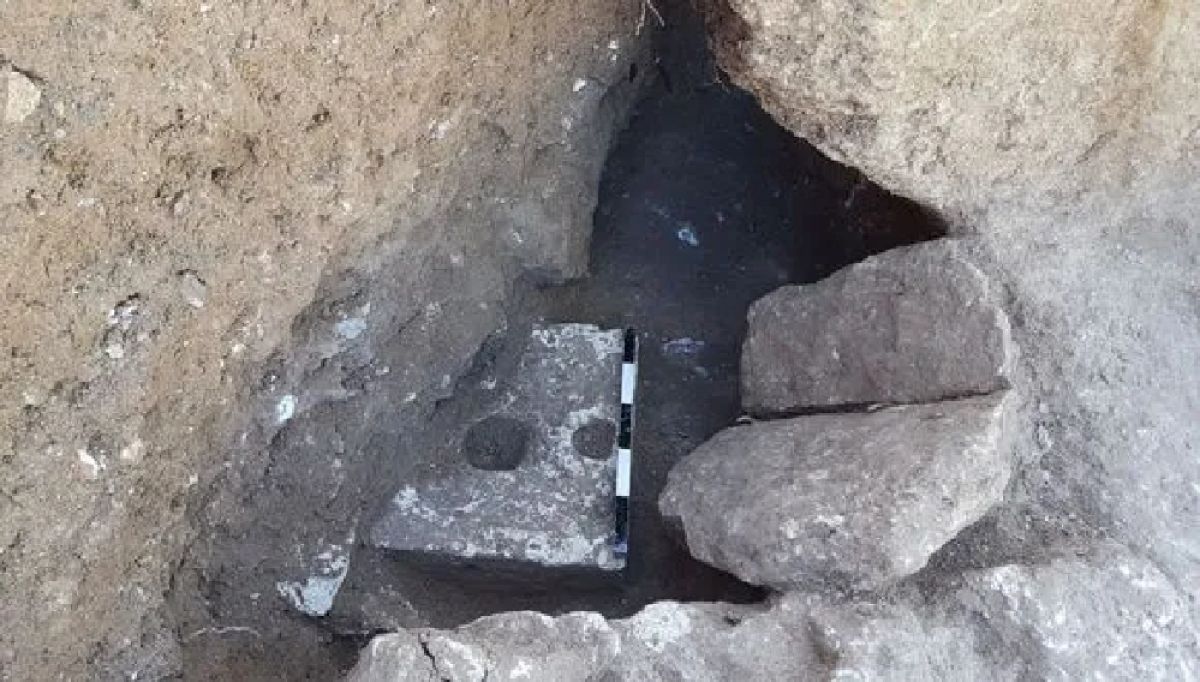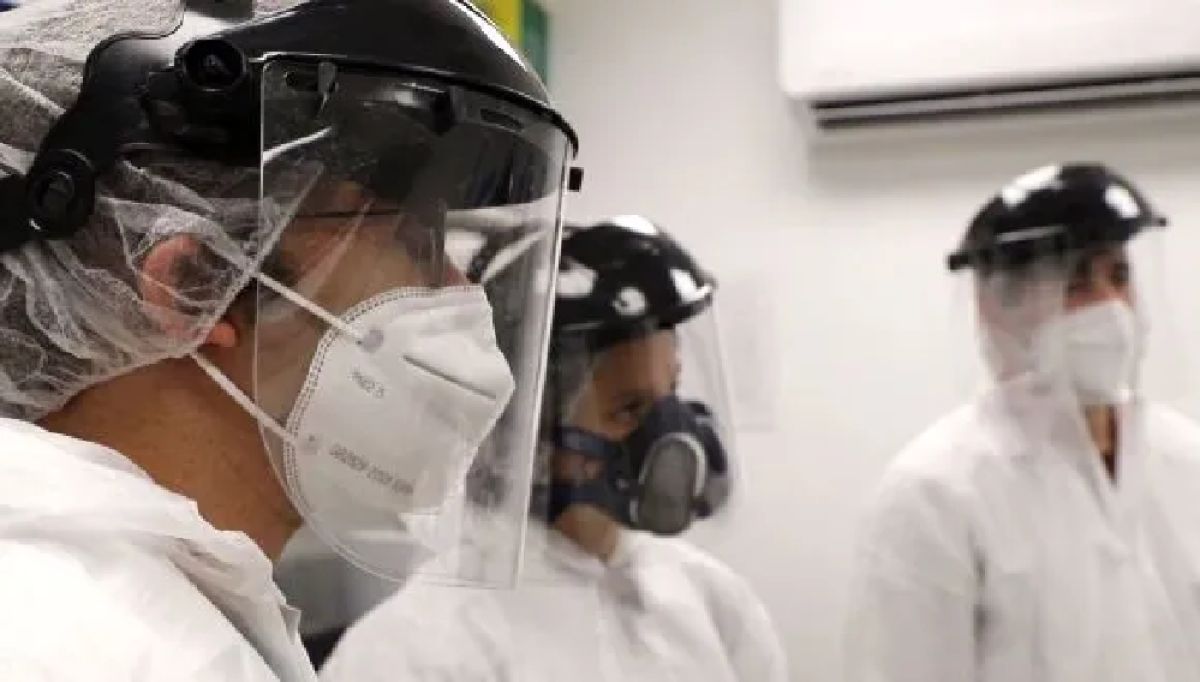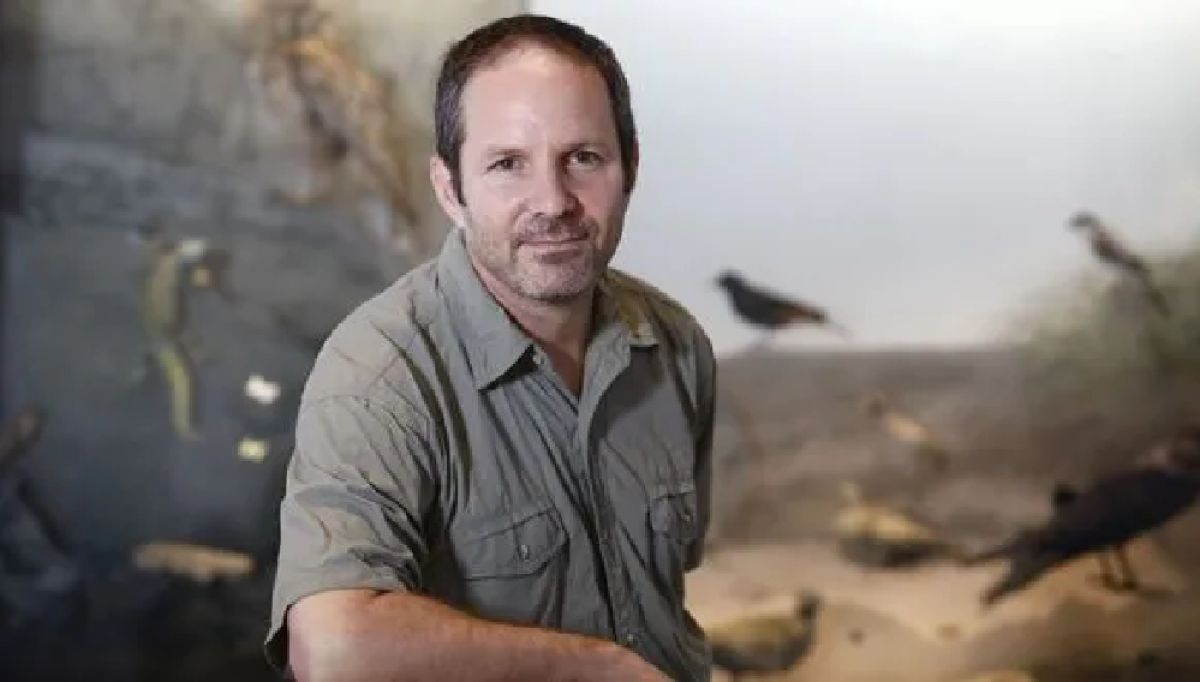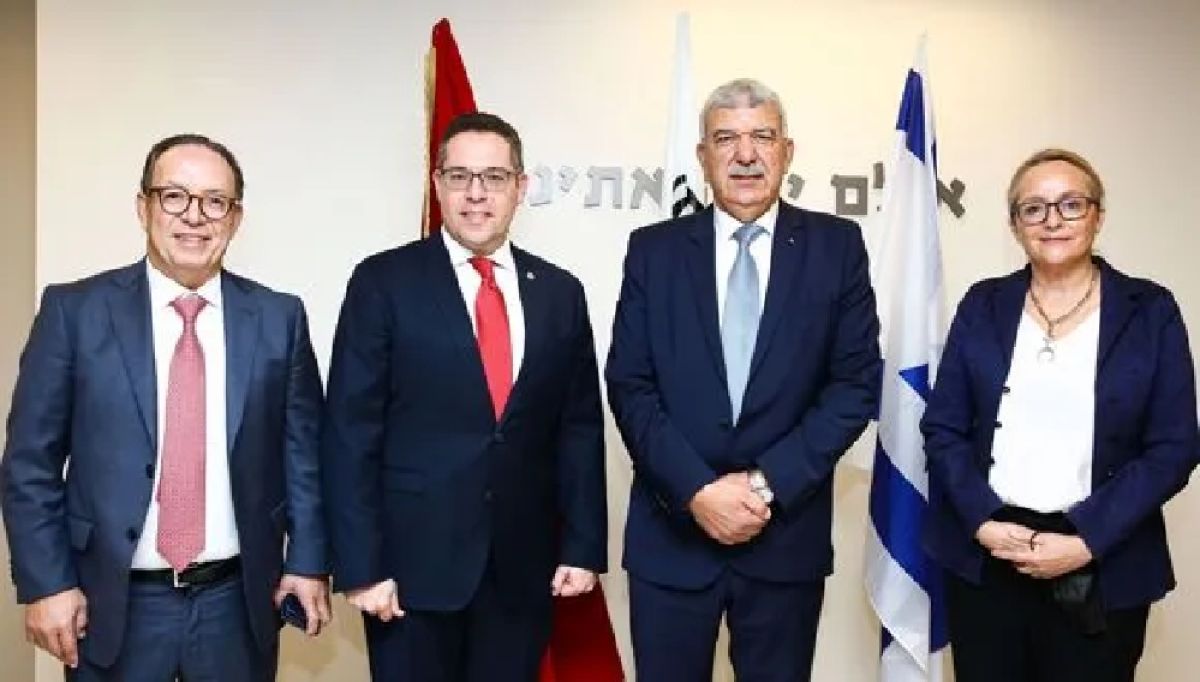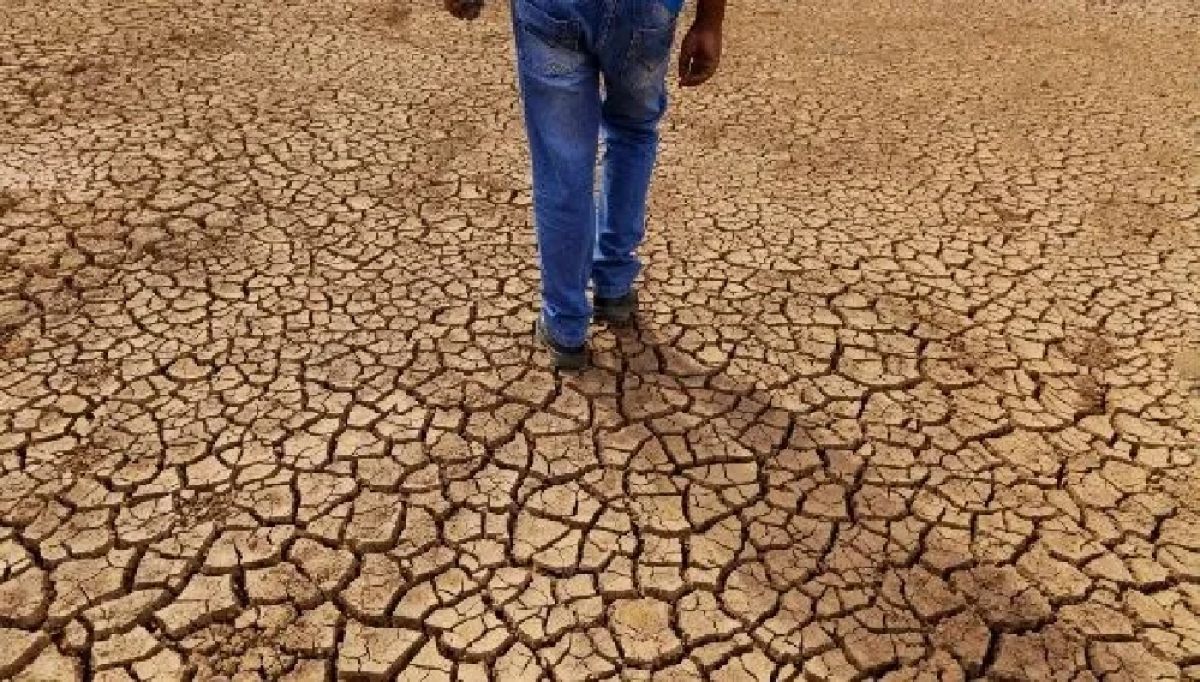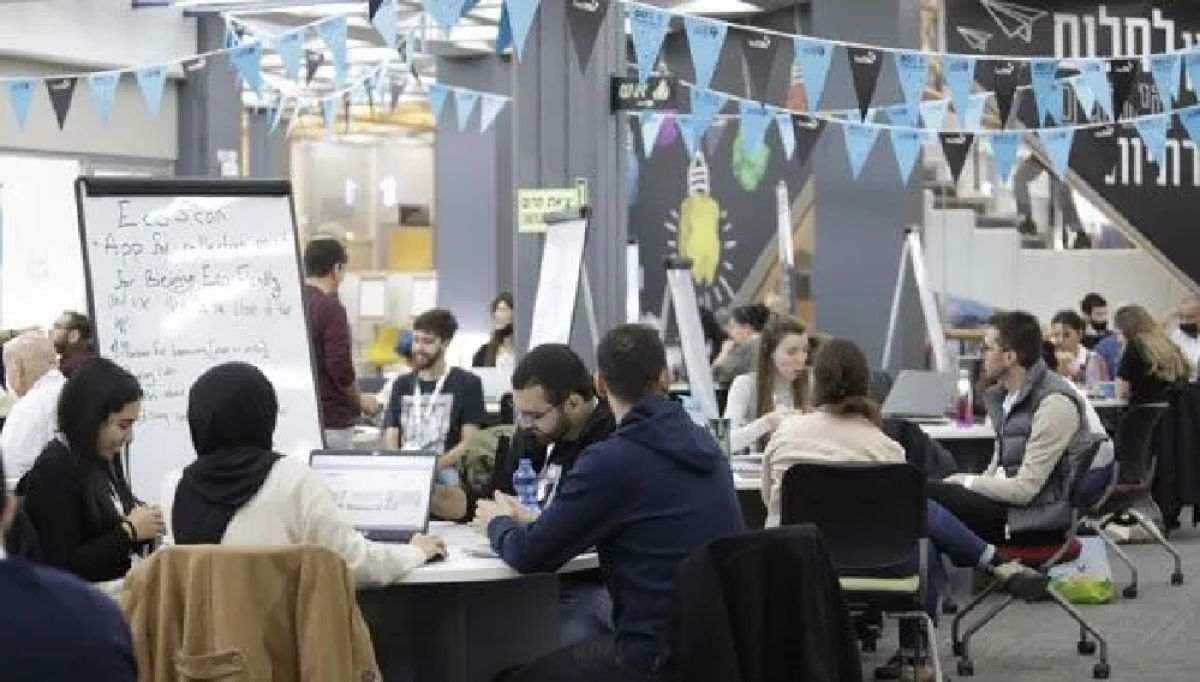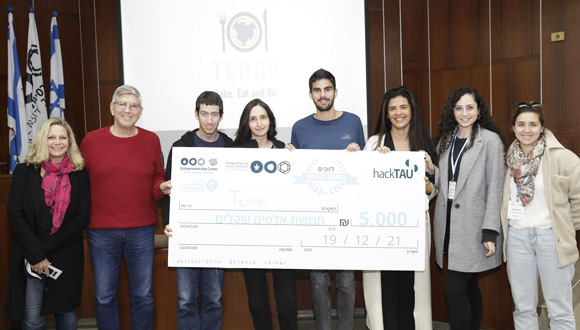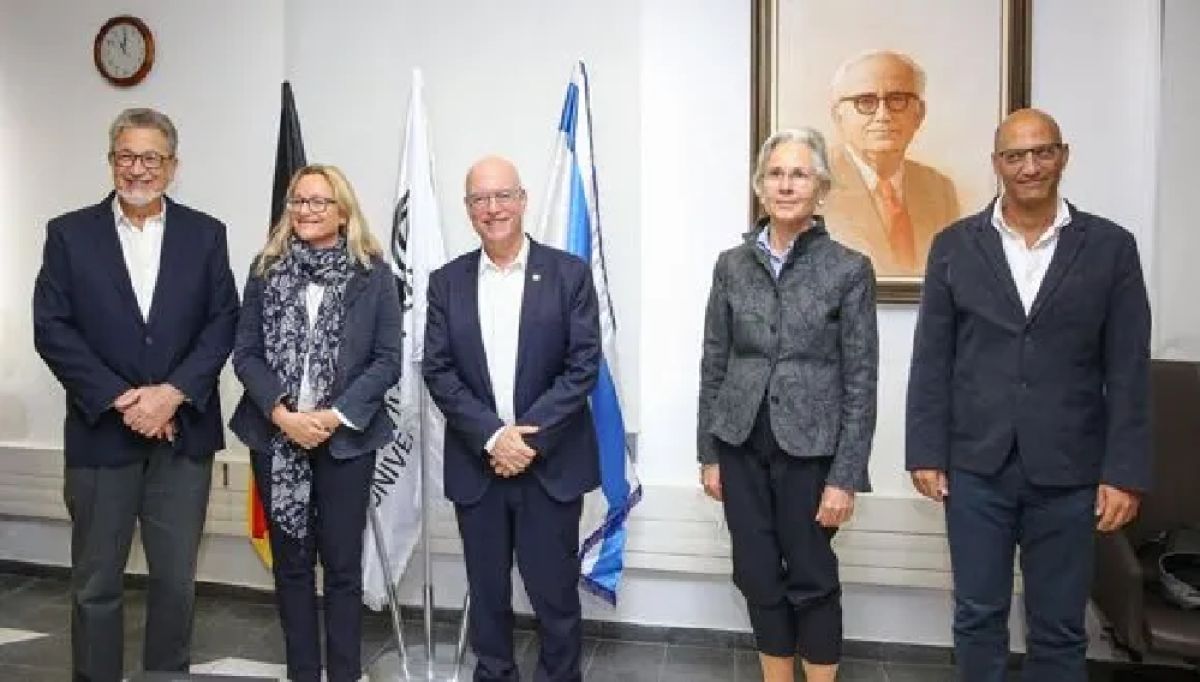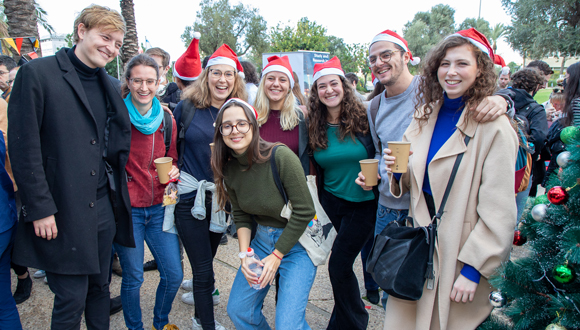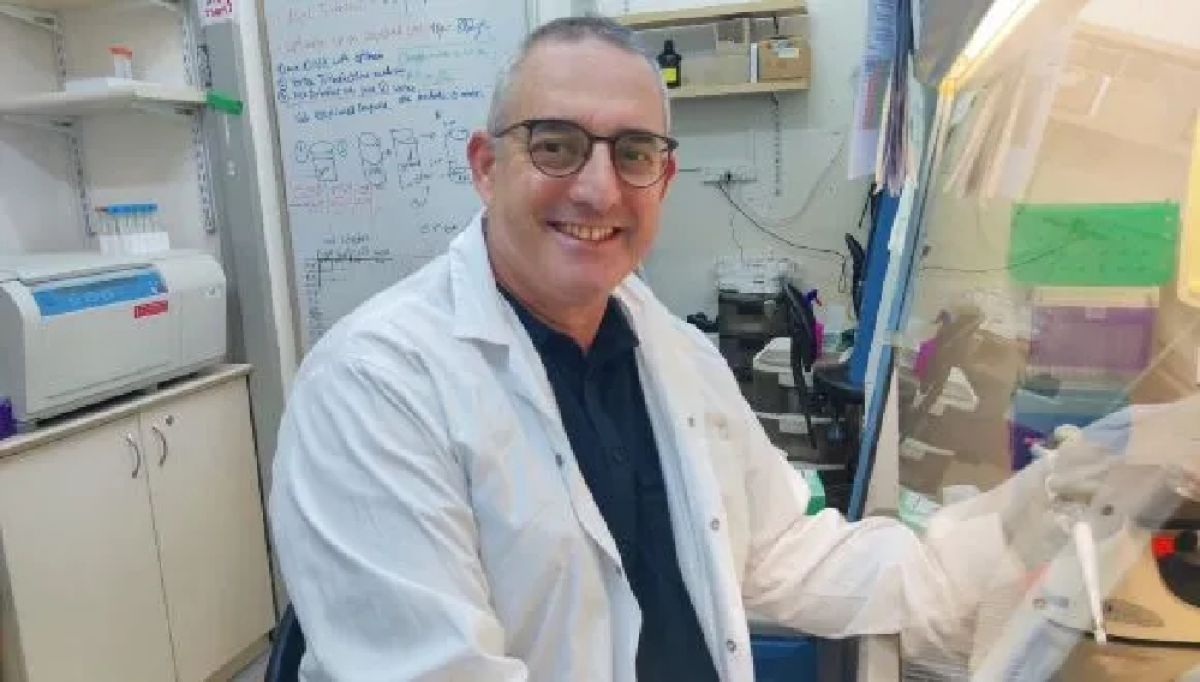Health Revelations from Ancient Jerusalem
Relic provides “window into the lives of people in ancient times”.
‘Who is wealthy?… Rabbi Yosef says: Anyone who has a bathroom close to his table.’ (The Talmud, Bavli Shabbat 25: 2).
Having a toilet was indeed an indicator of wealth in Jerusalem 2,700 years ago. The wealth was, however, no guarantee for good health, as a joint study by Tel Aviv University and the Israel Antiquities Authority (IAA) shows that even the wealthy residents of Jerusalem at that time suffered from diseases and epidemics. This became evident as an ancient toilet was uncovered in the garden of a luxury estate uncovered at the Armon Hanatziv Promenade in Jerusalem, and the researchers concluded that while the owners were undoubtable wealthy they also suffered from a range of intestinal parasites.
Rich, Yet in Poor Health
The study was led by Dr. Dafna Langgut of Tel Aviv University’s Jacob M. Alkow Department of Archaeology and Ancient Near Eastern Cultures, director of The Laboratory of Archaeobotany and Ancient Environments at The Sonia & Marco Nadler Institute of Archaeology and The Steinhardt Museum of Natural History. The research was published in the recent edition of the International Journal of Paleopathology.
Ya’akov Billig, who directed the excavation of the villa on behalf of the Israel Antiques Authority, dated the villa to the Late Iron Age of the 7th century BC. Aside from the toilet, magnificent stone artifacts of extraordinary workmanship were found at the site, such as decorated stone capitals of a quantity and quality never before observed in ancient Israel.
Langgut and Billig were not surprised by the recovery of a toilet in the garden of the estate, explaining that toilet facilities were extremely rare at that time and were a status symbol – a luxury facility that only the rich and high-ranking could afford.
Dr. Langgut collected sediment samples from underneath the stone toilet, chemically extracted the parasite eggs, scrutinized them under a light microscope, and identified them. The egg remains were discovered as part of a salvage excavation by the Israel Antiquities Authority, recently carried out at the Armon Hanatziv and funded by the Ir David Foundation. “The findings of this study are among the earliest observed in Israel to date,” she says. “These are durable eggs, and under the special conditions provided by the cesspit, they survived for nearly 2,700 years.”
She says the parasites that were found cause symptoms like abdominal pain, nausea, diarrhea, and itching. Some of them are especially dangerous for children and can lead to malnutrition, developmental delays, nervous system damage, and, in extreme cases, even death.

Dr. Dafna Langgut at the Laboratory of Archaeobotany and Ancient Environments
Intestinal disease at the time, she explains may have been the result of either poor sanitary conditions, the use of human feces to fertilize field crops or the consumption of improperly cooked beef or pork. In the absence of medicine, its recovery was difficult to impossible, and those infected could suffer from the parasites for the rest of their lives. Therefore, it is quite possible that the findings of the study indicate a bothersome and long-lasting infectious that affected the entire population. Langgut points out that these parasites still exist today, but the modern Western world has developed effective diagnostic means and medications, so they don’t turn into an epidemic.
The examination of the toilet samples came as Dr. Langgut was developing a new field of research called ‘archeoparasitology’, whereby researchers identify microscopic remains of intestinal worm eggs to learn about the history of diseases and epidemics. This area provides new information regarding human hygiene, lifestyle, and sanitary conditions.
“Studies like this one help us document the history of infectious diseases in our area and provide us with a window into the lives of people in ancient times,” Dr. Langgut concludes.
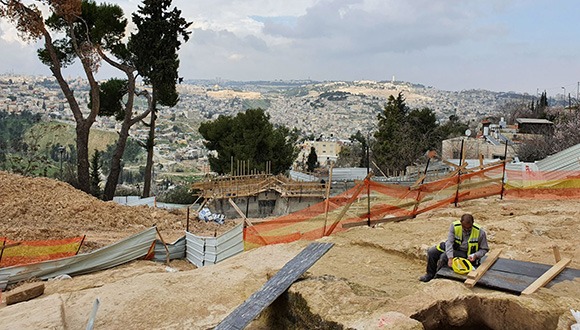
The excavation site at the Armon Hanatziv Promenade in the Jerusalem where the toilet was found (Photo: Yuli Schwartz, Israel Antiquities Authority)
Featured image: The stone toilet seat found during the 2019 excavation at Armon Hanatziv.

